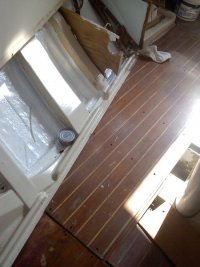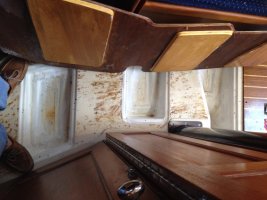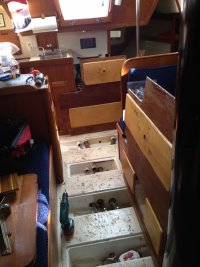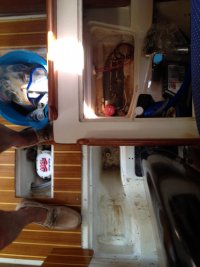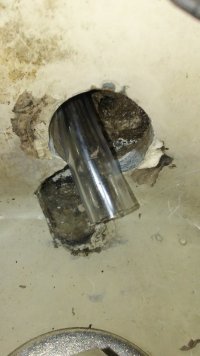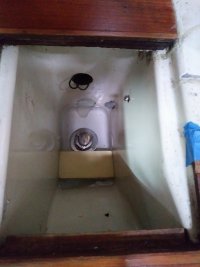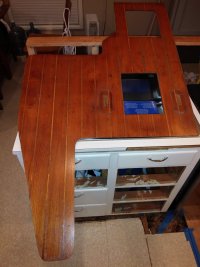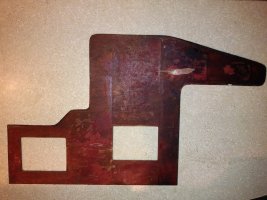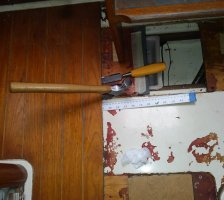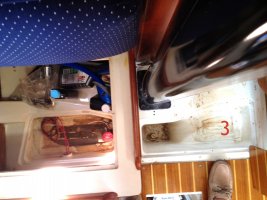:dunce: Replacing cabin sole on 30+, inspired by all the posts on this site. I am all set to start cutting the replacement pieces. I've got the 4x8 3/8 plywood teak and holly veneer. Plan to use a router to make the cuts.
If I could somehow remove the existing sole without tearing it to pieces, I could use it as a template for some of the odd shapes, using a pilot bit on my router.
Those of you who have done this realize the existing sole has been glued and screwed into a fiberglass pan. Initially I was planning on just tearing it up with a pry bar, but I got to thinking about the template option.
Any suggestions?
If I could somehow remove the existing sole without tearing it to pieces, I could use it as a template for some of the odd shapes, using a pilot bit on my router.
Those of you who have done this realize the existing sole has been glued and screwed into a fiberglass pan. Initially I was planning on just tearing it up with a pry bar, but I got to thinking about the template option.
Any suggestions?

